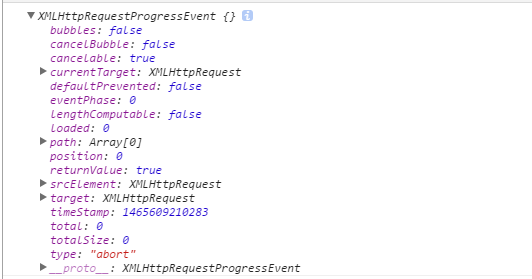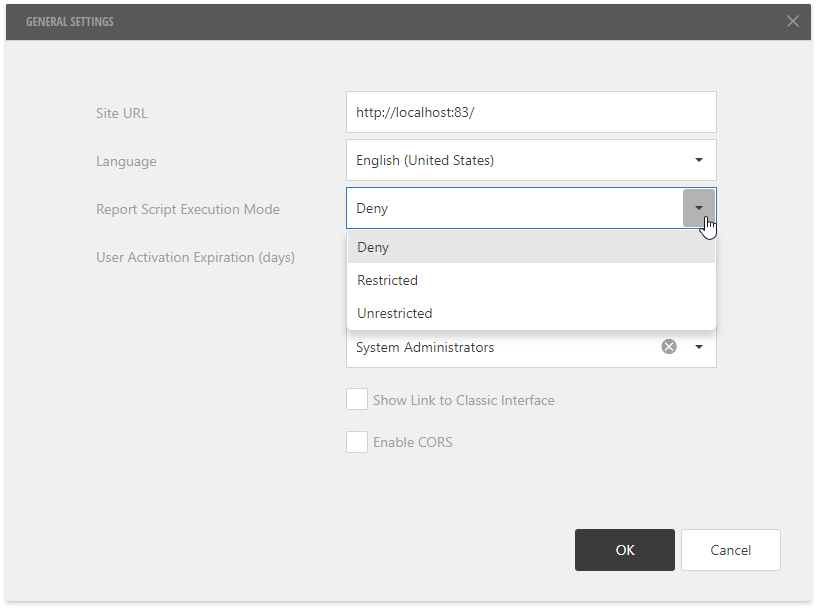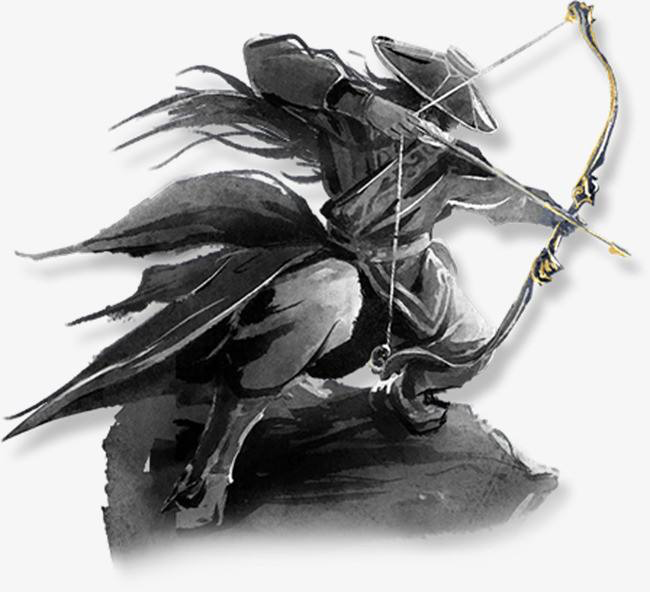Similar question has been asked many times.
But I still don't get why I get too dark output after I converted a picture with ICC_Profile.
I've tried many profiles: from Adobe site, and from the picture itself.
Before Image

After Image

Code
Iterator<ImageReader> readers = ImageIO.getImageReadersByFormatName("jpeg");
ImageReader reader = null;
while (readers.hasNext()){
reader = readers.next();
if (reader.canReadRaster()){
break;
}
}
// read
ImageInputStream ios = ImageIO.createImageInputStream(new FileInputStream(new File(myPic.jpg)));
reader.setInput(ios);
Raster r = reader.readRaster(0, null);
BufferedImage result = new BufferedImage(r.getWidth(), r.getHeight(), bufferedImage.TYPE_INT_RGB);
WritableRaster resultRaster = result.getRaster();
ICC_Profile iccProfile = ICC_Profile.getInstance(new File("profile_name.icc");
ColorSpace cs = new ICC_ColorSpace(iccProfile);
ColorConvertOp cmykToRgb = new ColorConvertOp(cs, result.getColorModel().getColorSpace(), null);
cmykToRgb.filter(r, resultRaster);
// write
ImageIo.write(resul, "jpg", new File("myPic.jpg"));
Do I have to do something else after I have converted the picture?
This question isn't exactly new. But since I spent a lot of time on the problem and came up with a working solution, I thought I'll post it here. The solution requires Sanselan (or Apache Commons Imaging as it's called now) and it requires a reasonable CMYK color profile (.icc file). You can get the later one from Adobe or from eci.org.
The basic problem is that Java - out of the box - can only read JPEG files in RGB. If you have a CMYK file, you need to distinguish between regular CMYK, Adobe CMYK (with inverted values, i.e. 255 for no ink and 0 for maximum ink) and Adobe CYYK (some variant with inverted colors as well).
public class JpegReader {
public static final int COLOR_TYPE_RGB = 1;
public static final int COLOR_TYPE_CMYK = 2;
public static final int COLOR_TYPE_YCCK = 3;
private int colorType = COLOR_TYPE_RGB;
private boolean hasAdobeMarker = false;
public BufferedImage readImage(File file) throws IOException, ImageReadException {
colorType = COLOR_TYPE_RGB;
hasAdobeMarker = false;
ImageInputStream stream = ImageIO.createImageInputStream(file);
Iterator<ImageReader> iter = ImageIO.getImageReaders(stream);
while (iter.hasNext()) {
ImageReader reader = iter.next();
reader.setInput(stream);
BufferedImage image;
ICC_Profile profile = null;
try {
image = reader.read(0);
} catch (IIOException e) {
colorType = COLOR_TYPE_CMYK;
checkAdobeMarker(file);
profile = Sanselan.getICCProfile(file);
WritableRaster raster = (WritableRaster) reader.readRaster(0, null);
if (colorType == COLOR_TYPE_YCCK)
convertYcckToCmyk(raster);
if (hasAdobeMarker)
convertInvertedColors(raster);
image = convertCmykToRgb(raster, profile);
}
return image;
}
return null;
}
public void checkAdobeMarker(File file) throws IOException, ImageReadException {
JpegImageParser parser = new JpegImageParser();
ByteSource byteSource = new ByteSourceFile(file);
@SuppressWarnings("rawtypes")
ArrayList segments = parser.readSegments(byteSource, new int[] { 0xffee }, true);
if (segments != null && segments.size() >= 1) {
UnknownSegment app14Segment = (UnknownSegment) segments.get(0);
byte[] data = app14Segment.bytes;
if (data.length >= 12 && data[0] == 'A' && data[1] == 'd' && data[2] == 'o' && data[3] == 'b' && data[4] == 'e')
{
hasAdobeMarker = true;
int transform = app14Segment.bytes[11] & 0xff;
if (transform == 2)
colorType = COLOR_TYPE_YCCK;
}
}
}
public static void convertYcckToCmyk(WritableRaster raster) {
int height = raster.getHeight();
int width = raster.getWidth();
int stride = width * 4;
int[] pixelRow = new int[stride];
for (int h = 0; h < height; h++) {
raster.getPixels(0, h, width, 1, pixelRow);
for (int x = 0; x < stride; x += 4) {
int y = pixelRow[x];
int cb = pixelRow[x + 1];
int cr = pixelRow[x + 2];
int c = (int) (y + 1.402 * cr - 178.956);
int m = (int) (y - 0.34414 * cb - 0.71414 * cr + 135.95984);
y = (int) (y + 1.772 * cb - 226.316);
if (c < 0) c = 0; else if (c > 255) c = 255;
if (m < 0) m = 0; else if (m > 255) m = 255;
if (y < 0) y = 0; else if (y > 255) y = 255;
pixelRow[x] = 255 - c;
pixelRow[x + 1] = 255 - m;
pixelRow[x + 2] = 255 - y;
}
raster.setPixels(0, h, width, 1, pixelRow);
}
}
public static void convertInvertedColors(WritableRaster raster) {
int height = raster.getHeight();
int width = raster.getWidth();
int stride = width * 4;
int[] pixelRow = new int[stride];
for (int h = 0; h < height; h++) {
raster.getPixels(0, h, width, 1, pixelRow);
for (int x = 0; x < stride; x++)
pixelRow[x] = 255 - pixelRow[x];
raster.setPixels(0, h, width, 1, pixelRow);
}
}
public static BufferedImage convertCmykToRgb(Raster cmykRaster, ICC_Profile cmykProfile) throws IOException {
if (cmykProfile == null)
cmykProfile = ICC_Profile.getInstance(JpegReader.class.getResourceAsStream("/ISOcoated_v2_300_eci.icc"));
ICC_ColorSpace cmykCS = new ICC_ColorSpace(cmykProfile);
BufferedImage rgbImage = new BufferedImage(cmykRaster.getWidth(), cmykRaster.getHeight(), BufferedImage.TYPE_INT_RGB);
WritableRaster rgbRaster = rgbImage.getRaster();
ColorSpace rgbCS = rgbImage.getColorModel().getColorSpace();
ColorConvertOp cmykToRgb = new ColorConvertOp(cmykCS, rgbCS, null);
cmykToRgb.filter(cmykRaster, rgbRaster);
return rgbImage;
}
}
The code first tries to read the file using the regular method, which works for RGB files. If it fails, it reads the details of the color model (profile, Adobe marker, Adobe variant). Then it reads the raw pixel data (raster) and does all the necessary conversion (YCCK to CMYK, inverted colors, CMYK to RGB).
I'm not quite satisfied with my solution. While the colors are mostly good, dark areas are slightly too bright, in particular black isn't fully black. If anyone knows what I could improve, I'd be glad to hear it.
Update:
I've figured out how to fix the brightness issues. Or rather: the people from the twelvemonkeys-imageio project have (see this post). It has to do with the color rendering intent.
There fix is to add the following lines which nicely work for me. Basically, the color profile is modified because there seems to be no other way to tell the ColorConvertOp class to use a perceptual color render intent.
if (cmykProfile.getProfileClass() != ICC_Profile.CLASS_DISPLAY) {
byte[] profileData = cmykProfile.getData(); // Need to clone entire profile, due to a JDK 7 bug
if (profileData[ICC_Profile.icHdrRenderingIntent] == ICC_Profile.icPerceptual) {
intToBigEndian(ICC_Profile.icSigDisplayClass, profileData, ICC_Profile.icHdrDeviceClass); // Header is first
cmykProfile = ICC_Profile.getInstance(profileData);
}
}
...
static void intToBigEndian(int value, byte[] array, int index) {
array[index] = (byte) (value >> 24);
array[index+1] = (byte) (value >> 16);
array[index+2] = (byte) (value >> 8);
array[index+3] = (byte) (value);
}
Like I said The idea was to convert CMYK pictures to RGB , and use them in my application.
But for some reason ConvertOp doesn't do any CMYK to RGB conversion. It reduces numBand numbers to 3 and that's it. And I decided to try CMYKtoRGB algorithms.
i.e. Get an image, recognize its ColorSpace and read it or convert it.
Also another problem was Photoshop. This quote I found on the internet.
In the case of adobe it includes the CMYK profile in the metadata, but then saves the raw image data as inverted YCbCrK colors.
Finally I could achieve my goal with this algorithm below.
I don't use icc_profiles so far, the output looks a little bit darker.. I got proper RGB images which looks fine.
pseudocode
BufferedImage result = null;
Raster r = reader.readRaster()
if (r.getNumBands != 4){
result = reader.read(0);
} else {
if (isPhotoshopYCCK(reader)){
result = YCCKtoCMYKtoRGB(r);
}else{
result = CMYKtoRGB(r);
}
}
private boolean isPhotoshopYCCK(reader){
// read IIOMetadata from reader and according to
// http://download.oracle.com/javase/6/docs/api/javax/imageio/metadata/doc-files/jpeg_metadata.html decide which ColorSpace is used
// or maybe there is another way to do it
int transform = ... // 2 or 0 or something else
return transform;
}
I doesn't make any sense to show YCCKtoCMYKtoRGB or CMYKtoRGB algorithms.
It is easy to find on the internet.
Thanks a lot for your help guys.
If you had the same problems on two absolutely different ways with the same profile file, I think, the file(profile_name.icc) is not OK.






